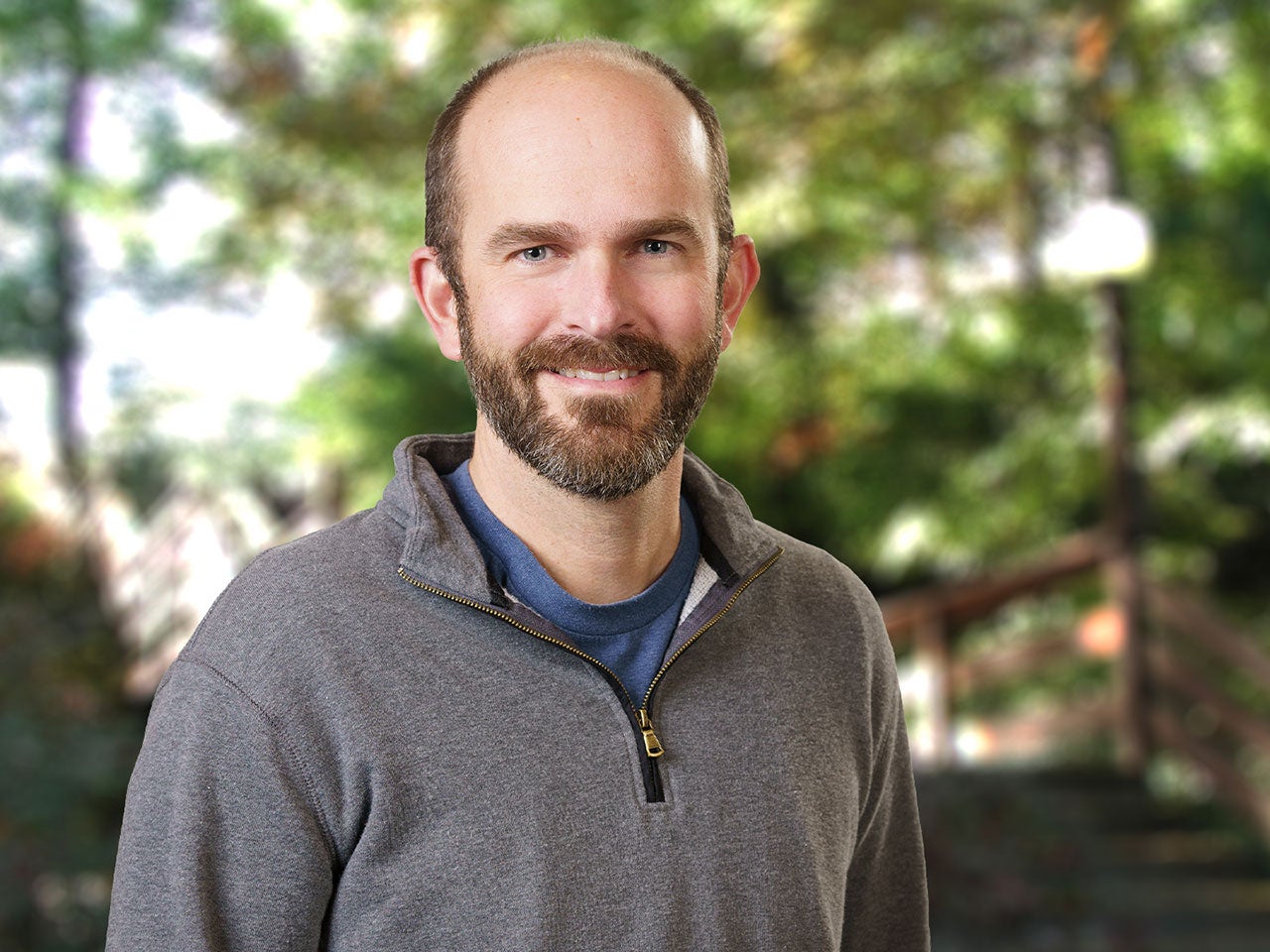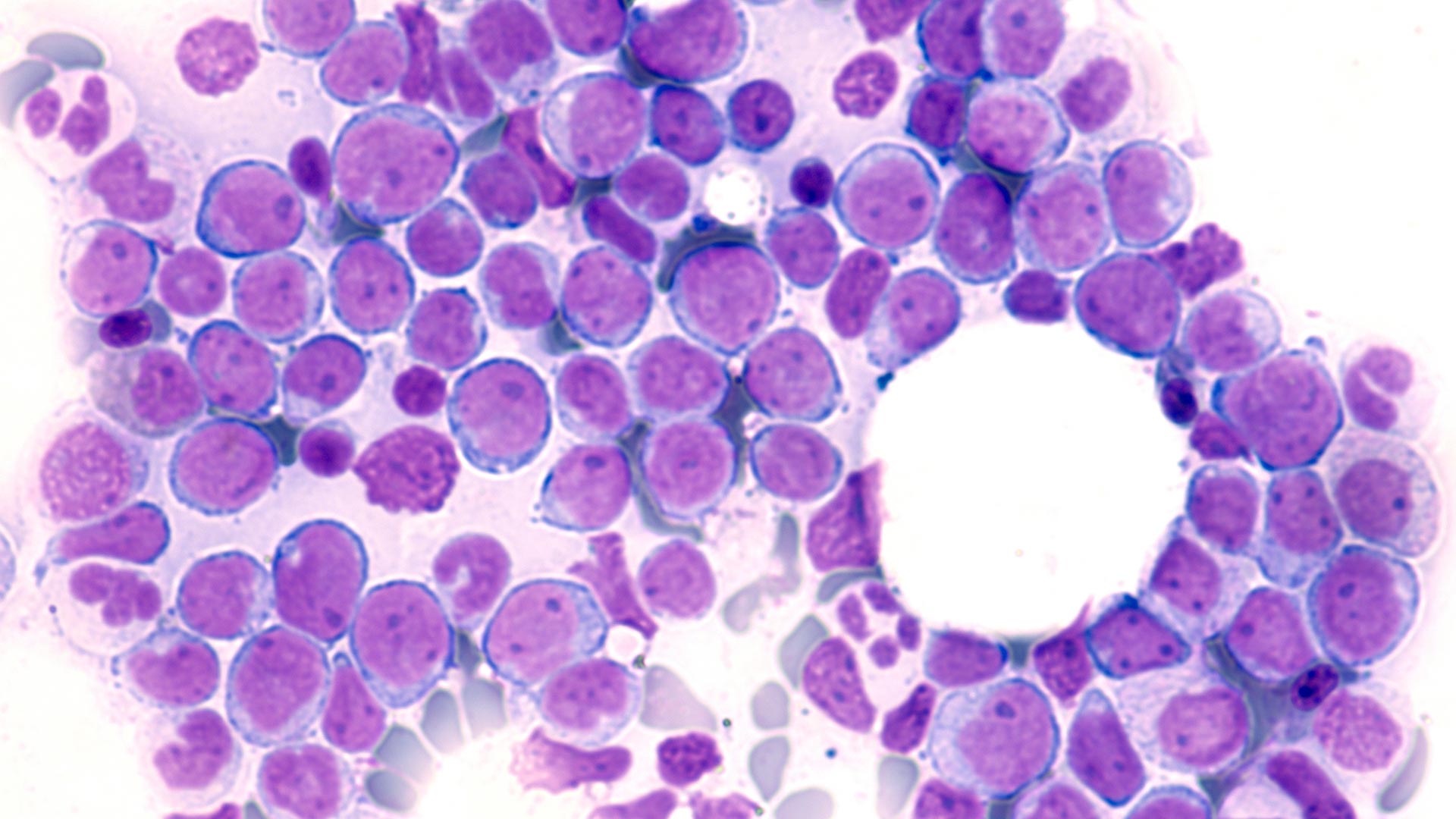Inositol is a sugar required for cells to survive. Most cells either get it from the bloodstream or make it themselves. Since there is plenty of inositol available, some cancer cells decide to stop making it. Cold Spring Harbor Laboratory Professor Christopher Vakoc and his lab discovered that acute myeloid leukemia (AML), an aggressive cancer that originates in the bone marrow, depends on a transporter to bring in the nutrient inositol. The researchers can develop a way to cut off the cells’ food supply and kill them.
Vakoc’s lab studies cancer dependencies, such as the pathways cancers use to grow quickly. Cancers may streamline certain cell processes and rely on just one method to survive. For example, some remove backup pathways for DNA repair, “putting all their eggs in one basket” and depending only on a single pathway for survival. Vakoc can then develop treatments to knock out that remaining pathway and kill the cancer cells.
In a study published in September in Cancer Discovery, Vakoc and his lab reported that AML is dependent on inositol, an abundant sugar that is made in many tissues throughout the human body. Inositol is also found in a wide variety of foods like fruits, beans, grains, and nuts, so cells can get it from outside of the body, through the bloodstream.
Vakoc discovered that the AML cells had removed their own ability to make the sugar they need in order to streamline and accelerate their growth. They became reliant on the inositol coming from outside the body, using a small transporter on the cell surface to bring it inside. If researchers can find a simple treatment that can turn off or block this transporter, the cancer cells would starve. Vakoc says:
“An antibody approach would be very attractive. You could make an antibody that just sticks to this transporter. It doesn’t need to get into the cell, and it could shut off the transport function. The other possibility, from a drug development point of view, is inositol. You could build a molecular medicine that sort of looks like inositol, but maybe it has a few chemical differences that can clog the transport function.”
This method would not only kill the cancer cells, but it would also leave normal cells unharmed since they can make inositol on their own. Vakoc is looking forward to collaborating with a drug development partner to make a new treatment for this type of cancer.
Written by: Jasmine Lee, Content Developer/Communicator | publicaffairs@cshl.edu | 516-367-8845
Citation
Wei, Y., et al., “SLC5A3-dependent myo-inositol auxotrophy in acute myeloid leukemia”, Cancer Discovery, September 16, 2021. DOI: 10.1158/2159-8290.CD-20-1849
Principal Investigator

Chris Vakoc
Professor
Alan and Edith Seligson Professor of Cancer Research
Cancer Center Deputy Director of Research
M.D., Ph.D., University of Pennsylvania, 2007
